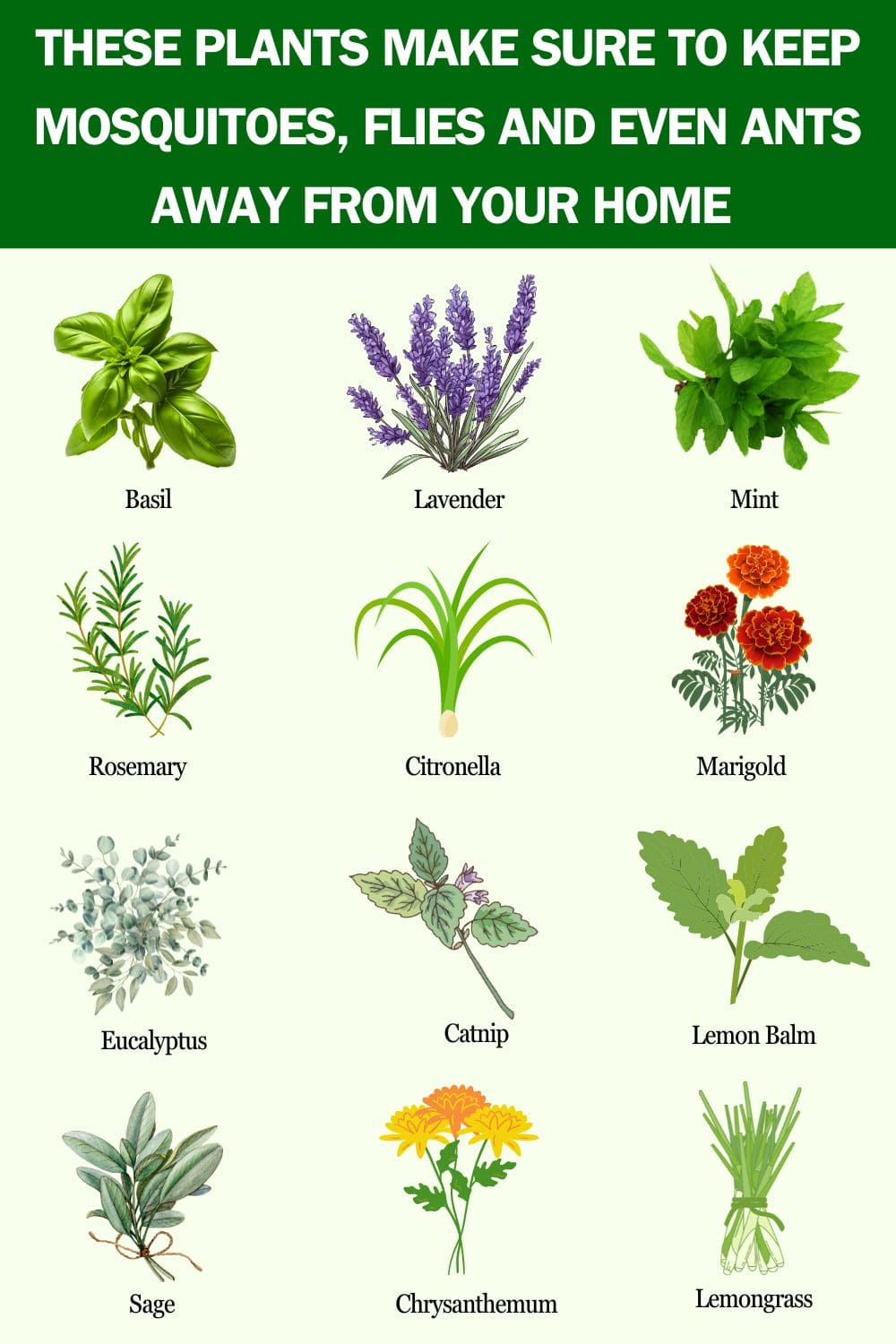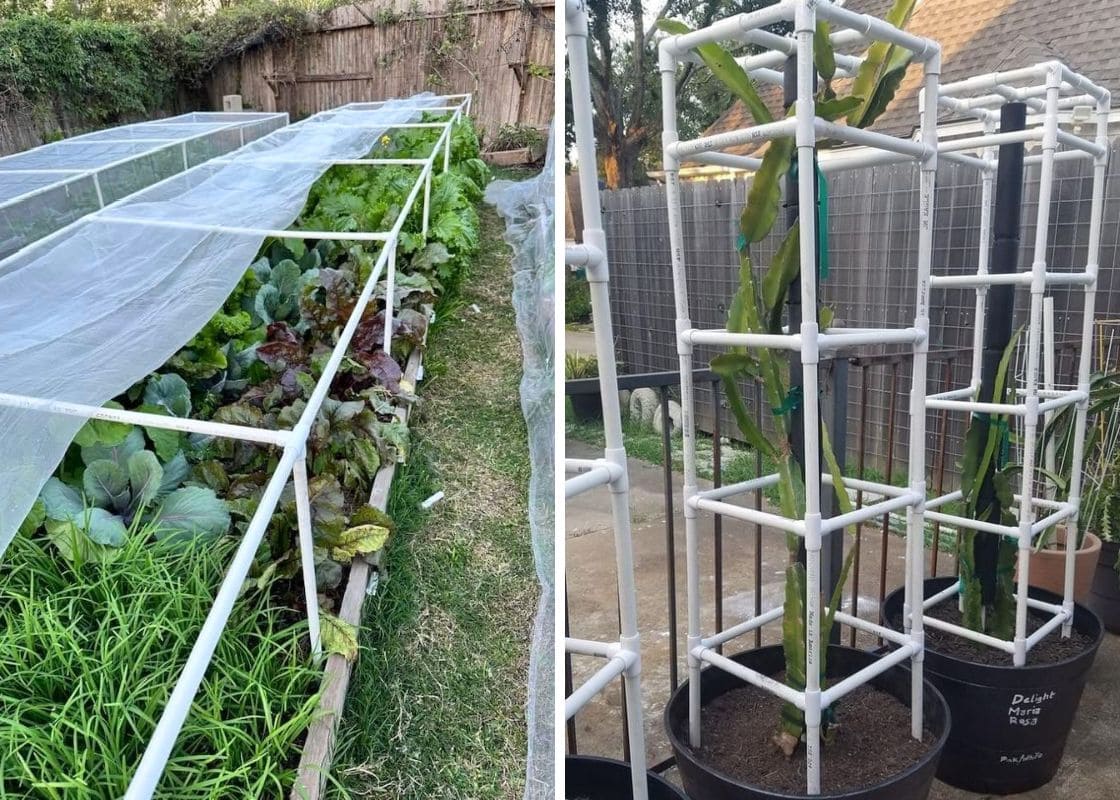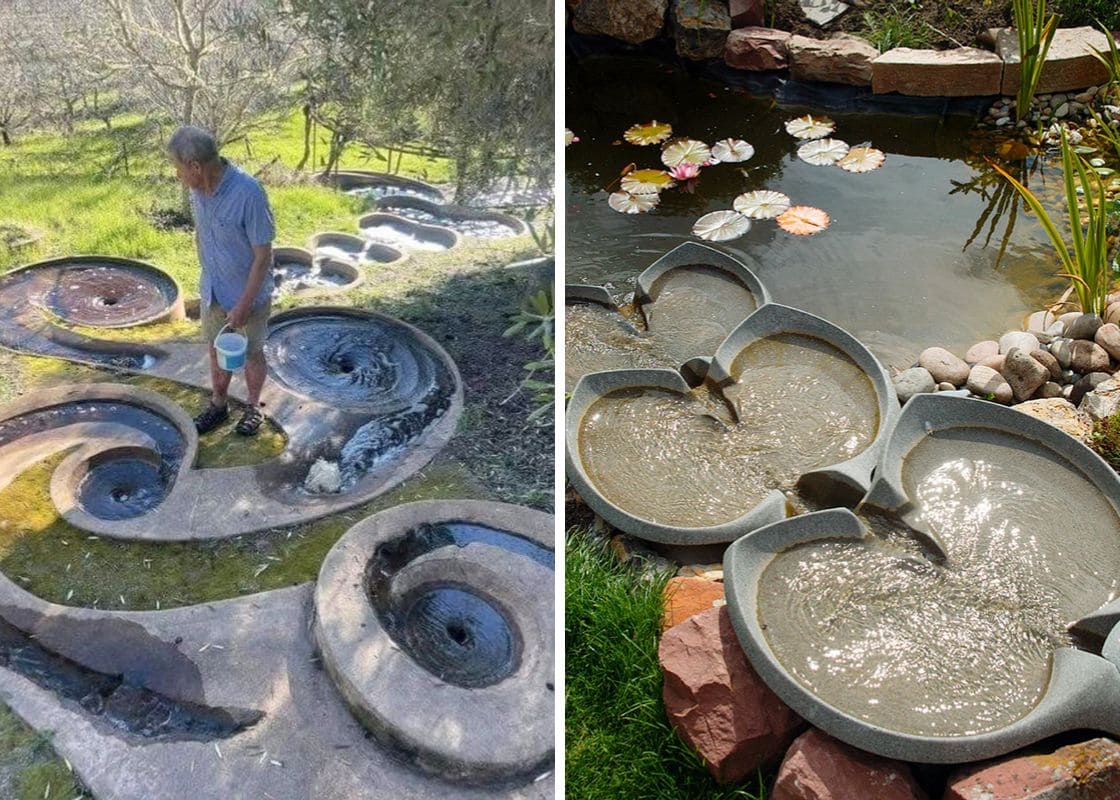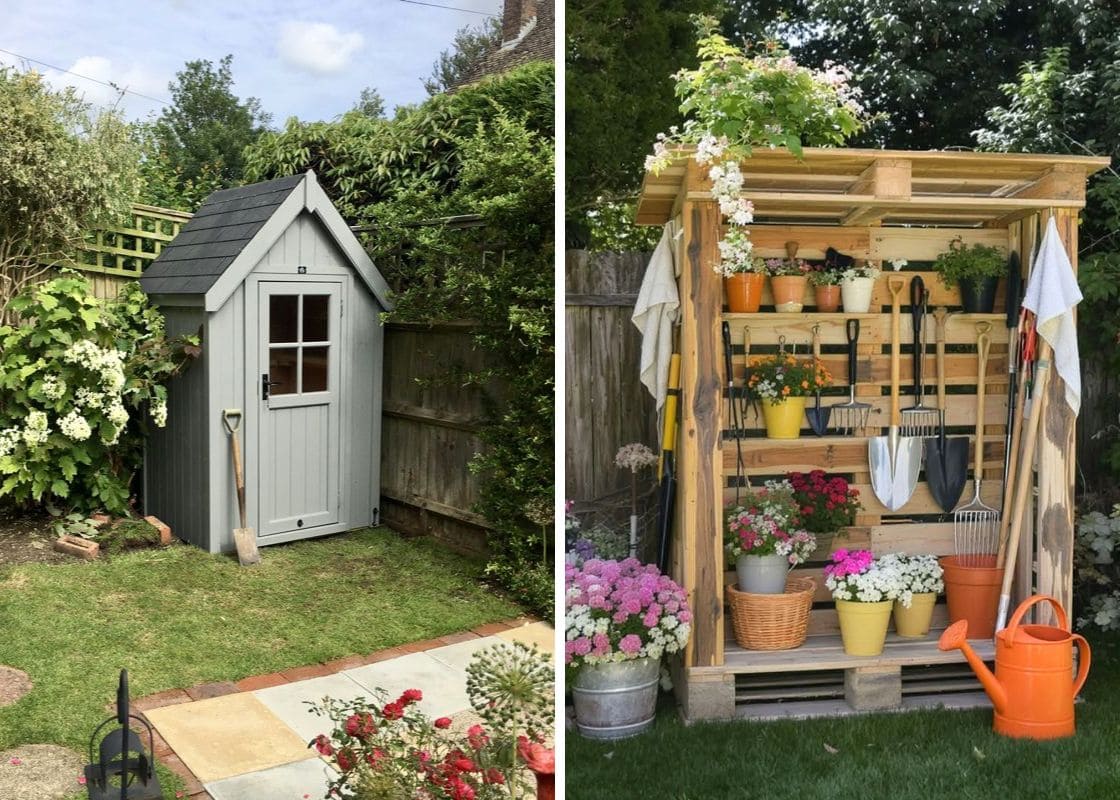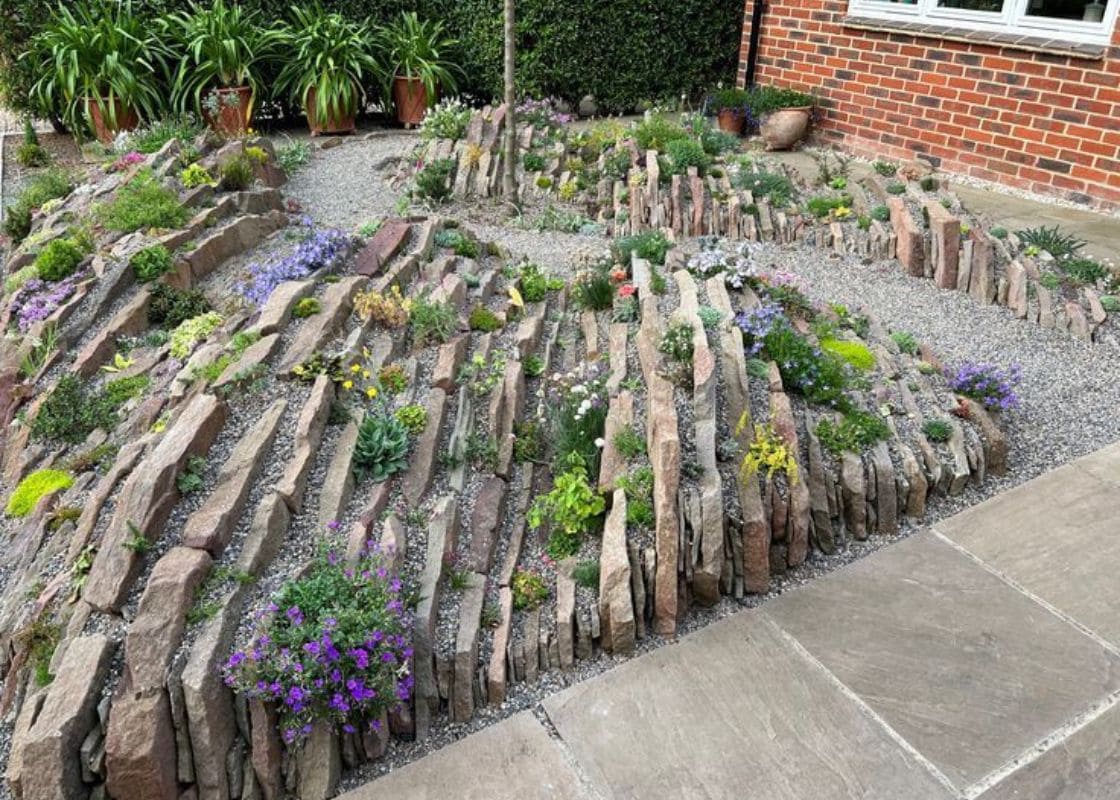Dealing with pesky flies, relentless mosquitoes, and invading ants can quickly turn a pleasant outdoor space into an irritating battleground.
These unwanted visitors not only disrupt your peace but can also carry diseases and cause discomfort.
Luckily, nature offers a solution. By adding the following plants into your space, you can create a natural barrier against these intruders.
#1. Basil
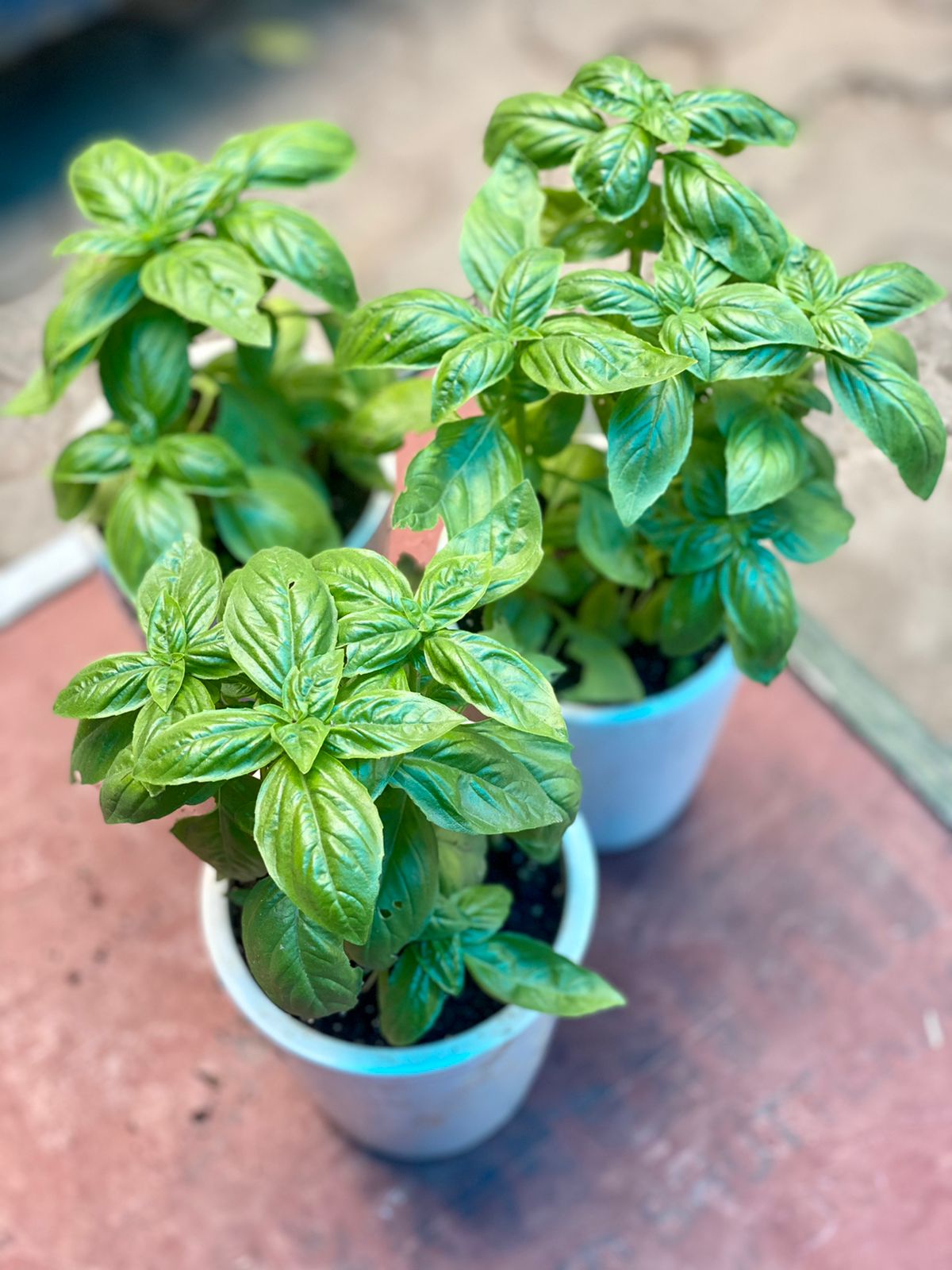
The strong smell of basil leaves is effective against insects. Just having the plant around is enough to keep these pesky bugs at bay.
Also, you can make an insect repellent spray using fresh basil. Just pour some boiling water over a bunch of basil leaves, let it steep, and then mix in some vodka.
Basil thrives in full sun and needs moist, nutrient-rich soil. It’s usually grown as an annual, but in USDA zones 10 to 11, it can be a perennial.
#2. Lavender
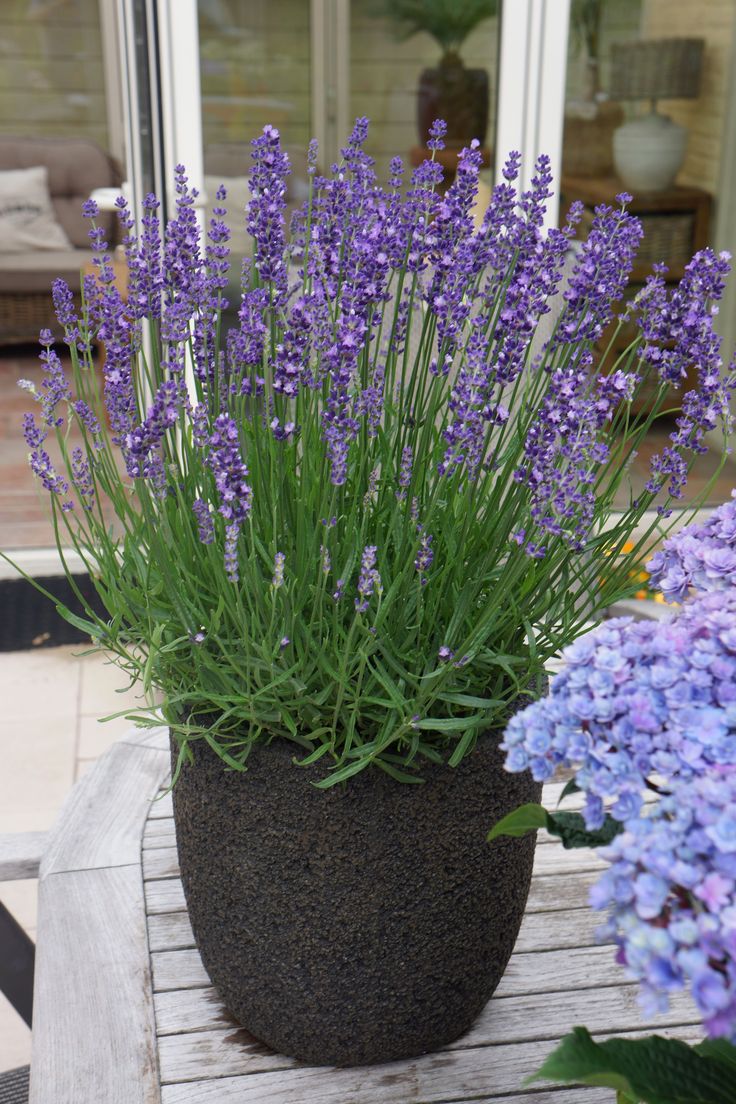
The smell of lavender is delightful to us humans, but it can actually mess with a mosquito’s ability to smell, making it a fantastic natural repellent.
The essential oils in lavender are super effective, boasting an 80.9% repellency effect against the mosquito species Anopheles stephensi.
You can even use the oil extracted from the flowers as a natural mosquito repellent. As a bonus, lavender oil is great for your skin and has a calming effect.
Another cool trick is to hang dried lavender in your wardrobe to keep moths away.
#3. Mint

Mint’s fresh, strong aroma is delightful to us but a nightmare for mosquitoes, flies, and even ants.
Plus, you can dry the leaves and use them inside your home as a natural pest control method.
However, it spreads like wildfire if you plant it directly in the ground.
So, it’s best to keep it contained in pots unless you want a mint takeover in your garden.
#4. Rosemary
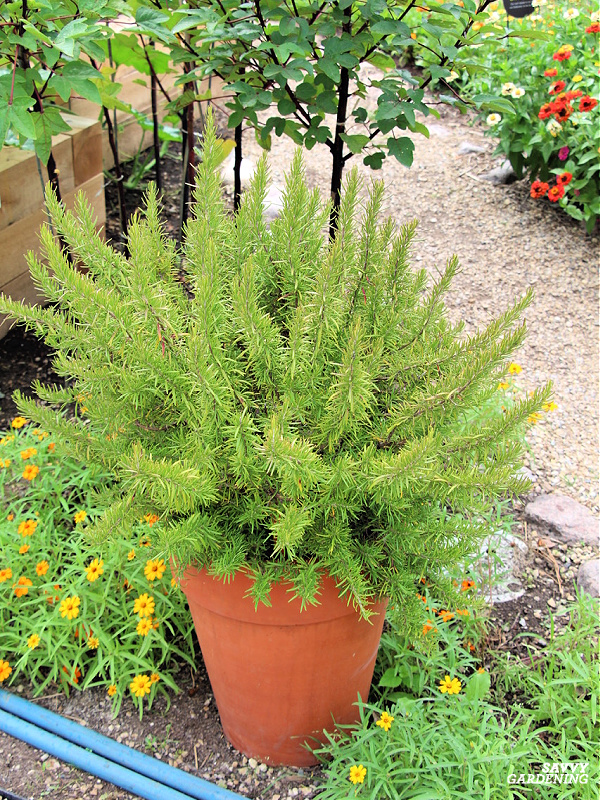
Rosemary’s woody scent is what drives mosquitoes, cabbage moths, and carrot flies away.
You just boil a quart of dried rosemary in a quart of water for about 20-30 minutes.
Strain the liquid into another quart of cool water and use it whenever those pesky bugs start bothering you.
Rosemary thrives in hot, dry climates and loves full sun. So, if you’ve got a sunny spot in your garden, rosemary will be right at home.
#5. Citronella
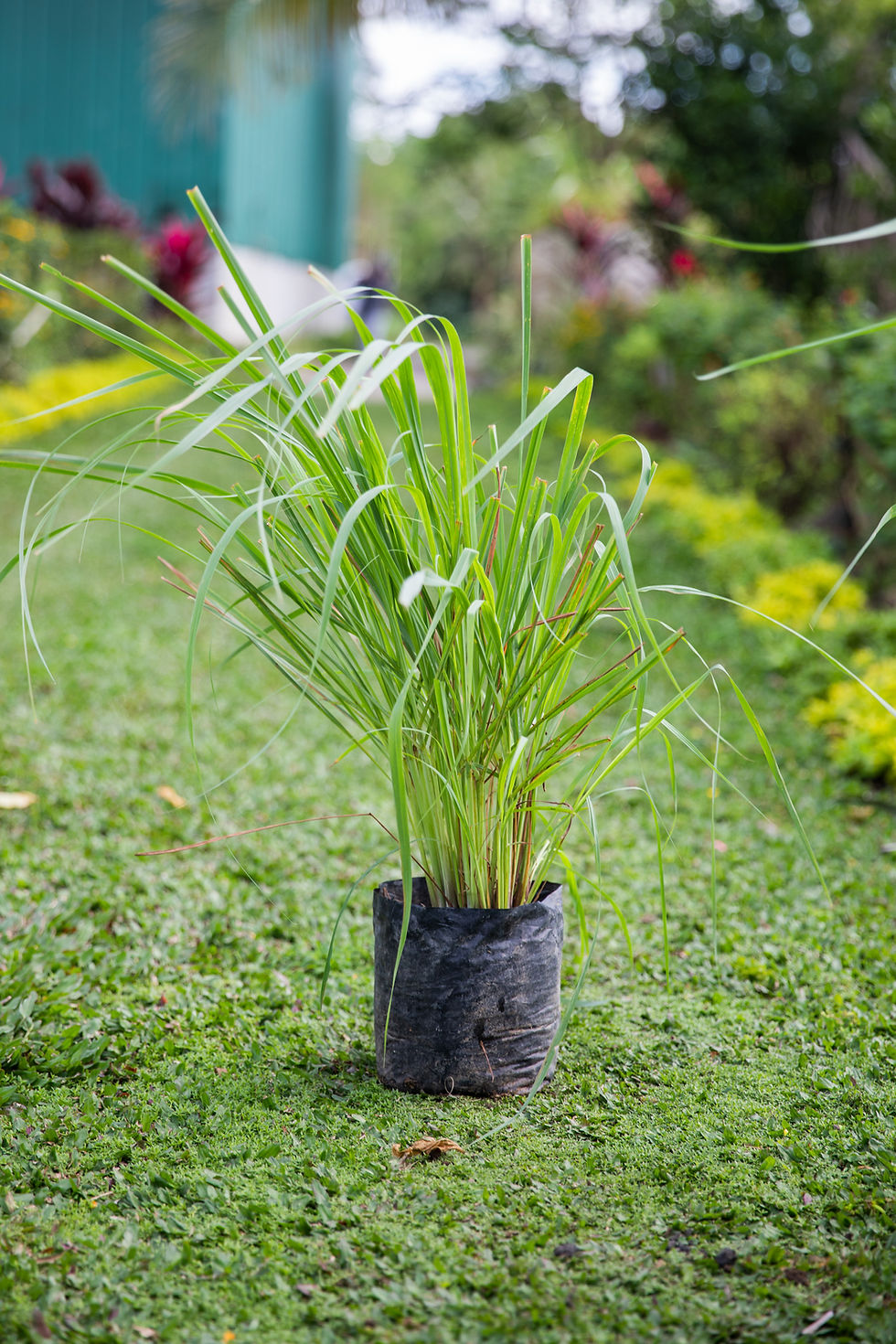
The oil extracted from citronella grass is a common ingredient in many natural mosquito repellents.
Citronella grass is pretty easy to grow, but it thrives in USDA growing zones 10 to 11, which means it loves warm weather.
Moreover, it has a lovely lemony scent that can freshen up your garden or patio.
Plus, it’s a low-maintenance plant, so you don’t have to be a gardening expert to keep it alive.
#6. Marigold
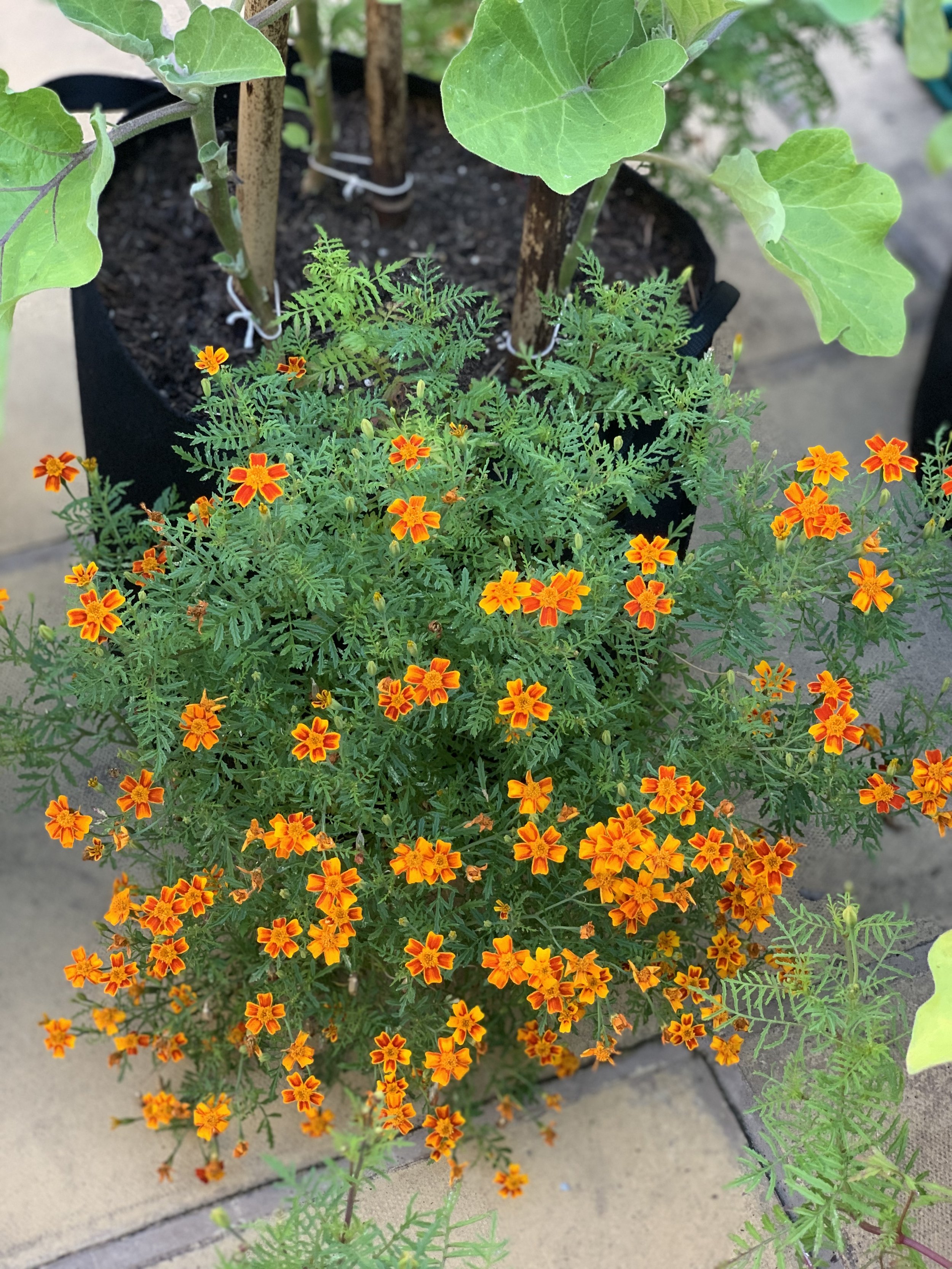
Not only do marigolds add a splash of vibrant color, but they also have a knack for keeping pests at bay.
These flowers are particularly good at repelling mosquitoes, aphids, and even nematodes.
Marigolds are pretty low-maintenance and thrive in full sun and well-drained soil.
Plus, they can tolerate dry conditions, making them a resilient choice for any garden.
#7. Eucalyptus
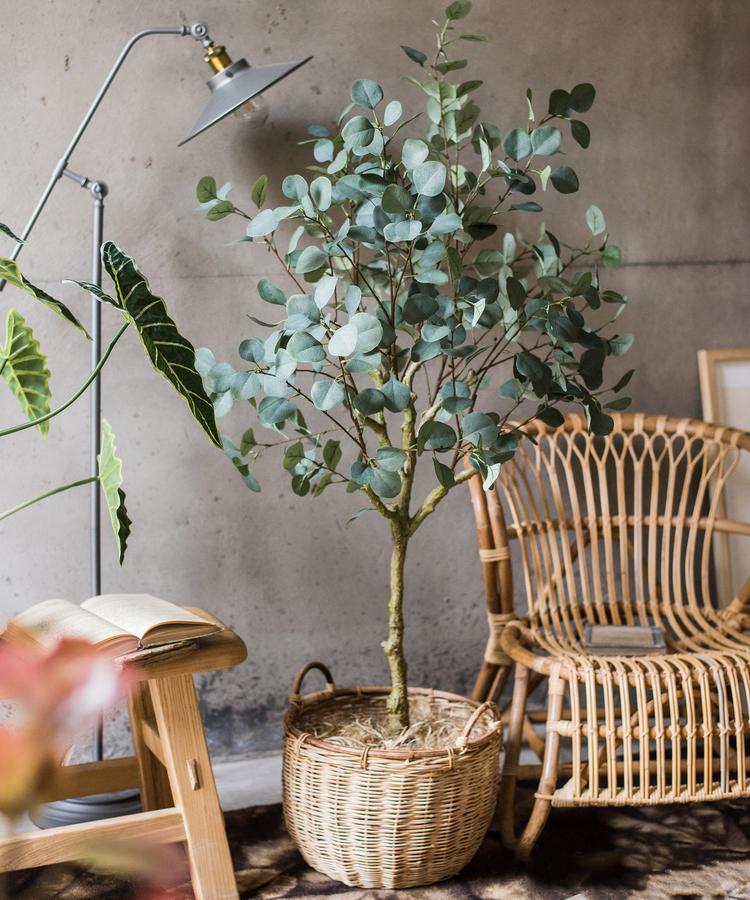
Eucalyptus is a fantastic plant to have around if you’re looking to keep pests at bay.
Not only does it have a refreshing scent, but it also works wonders in repelling flies, mosquitoes, and even ants.
Moreover, you can even make your own eucalyptus oil spray by boiling the leaves and mixing the liquid with a bit of vodka.
Just be careful if you have pets, as eucalyptus can be toxic to them.
#8. Catnip
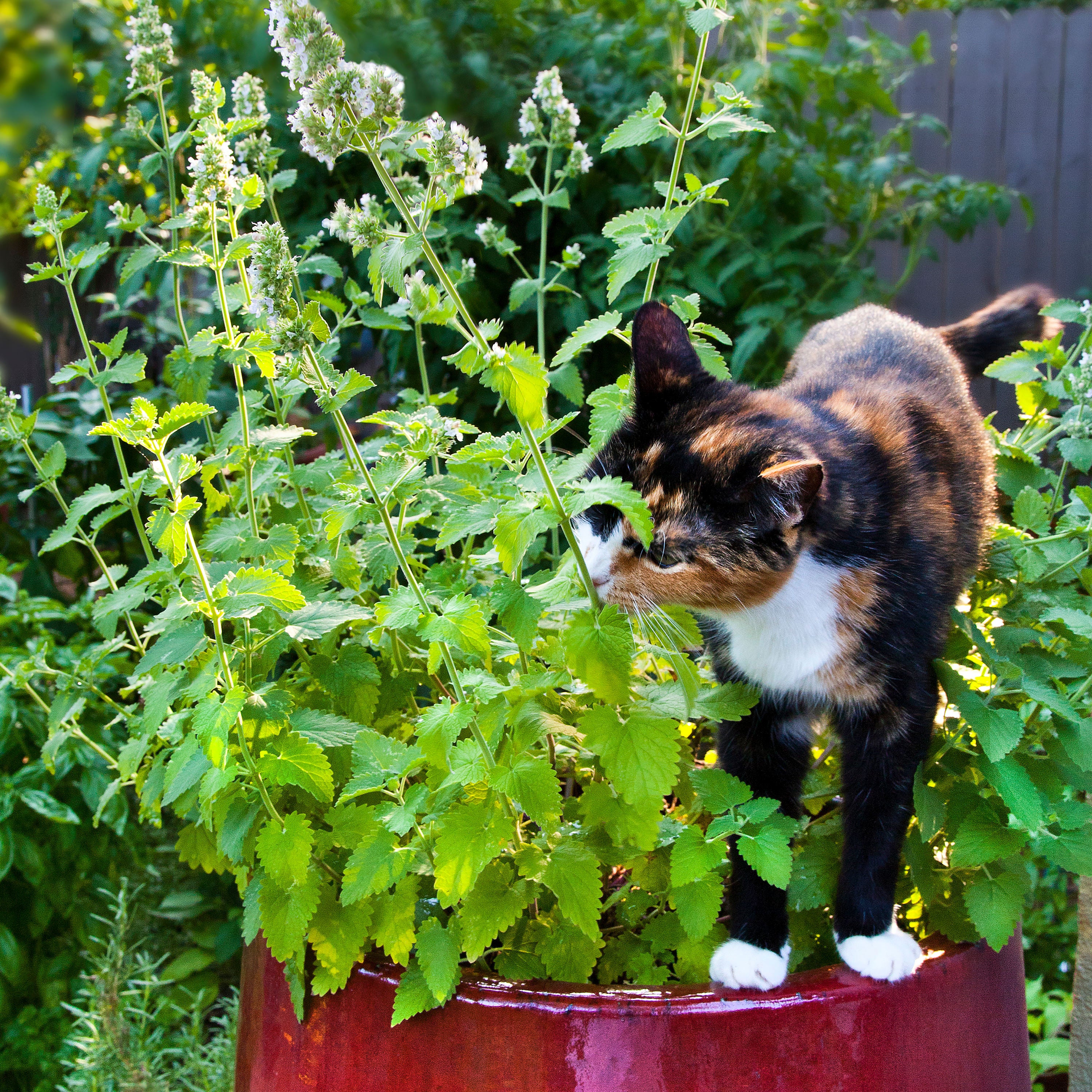
Catnip contains a chemical called nepetalactone, which is a powerful mosquito and fly deterrent.
In fact, some studies have shown that nepetalactone is even more effective than DEET at keeping mosquitoes at bay.
Growing catnip is pretty straightforward. Just plant them in a sunny spot with well-draining soil, and you’re good to go.
Catnip can grow up to three or four feet tall and will reward you with lovely lavender flowers.
#9. Lemon Balm
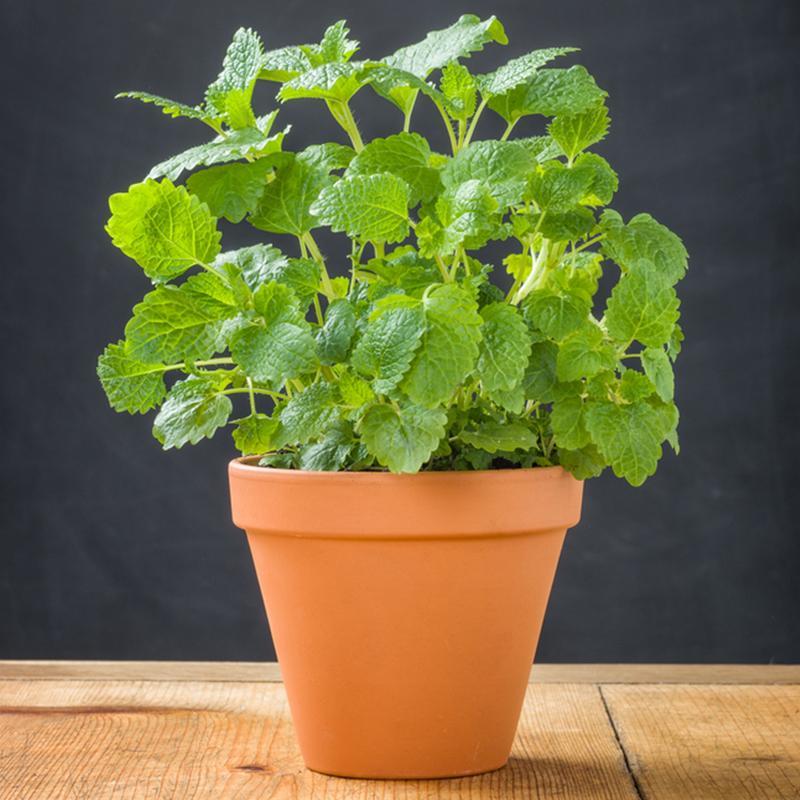
Not only does lemon balm keep mosquitoes away, but it also helps with an upset stomach and can even reduce stress.
Plus, it attracts pollinators like butterflies and bees and if you have pets, you’ll be happy to know it helps keep fleas away too!
However, lemon balm can be quite invasive. It grows fast, is drought-resistant, and reseeds itself.
So, unless you want a lemon balm takeover, it’s best to plant it in a pot rather than directly in your garden.
#10. Sage
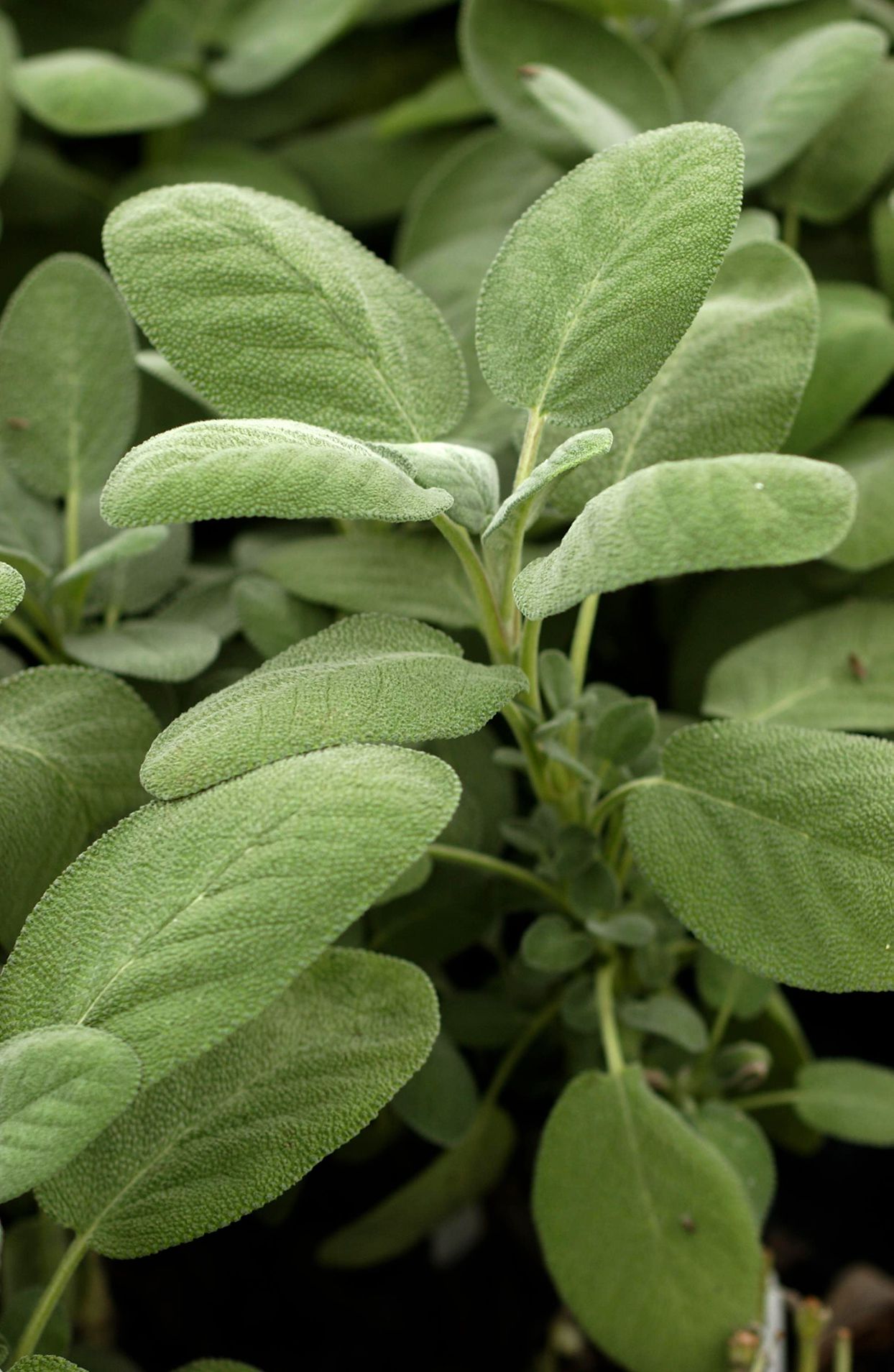
Toss a bit of sage into the flames, and its earthy aroma will help keep those pesky bugs at bay.
Sage is a perennial plant, it thrives in USDA zones 5-8. Even if you don’t, you can grow sage in pots and bring them indoors during the colder months.
This plant loves full sun and well-draining soil. Just give it a little water now and then, and it’ll be happy.
